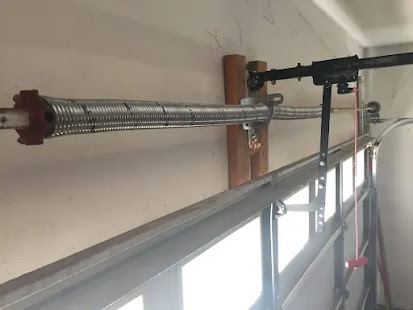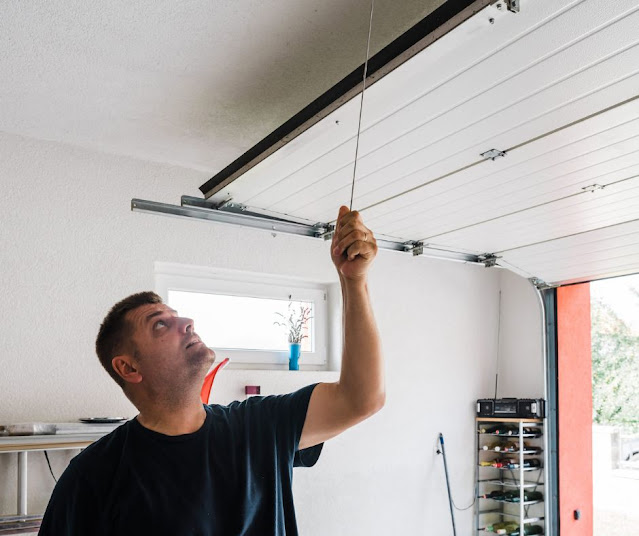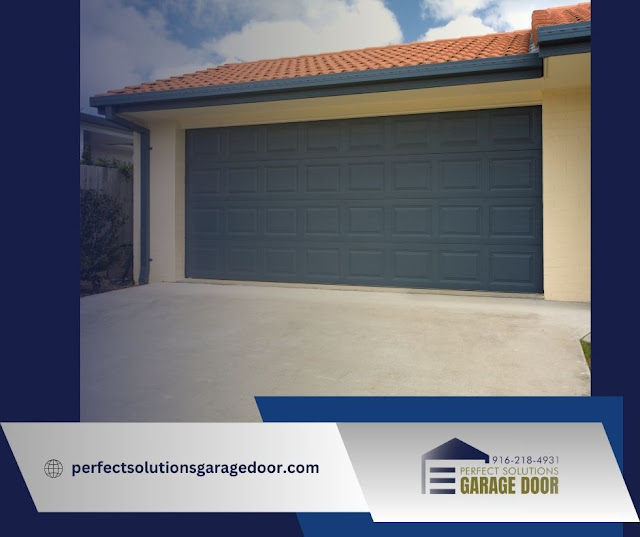The Significance of Garage Door Springs Replacement
The smooth operation of any garage door relies heavily on the condition and effectiveness of its springs. These essential components play a pivotal role in the door's opening and closing mechanism by providing the tension needed for seamless movement.
Maintaining and replacing these springs when necessary is of utmost importance, as neglecting them could result in difficult door operation or complete immobilization. Moreover, worn-out springs pose safety risks due to the potential for sudden breakage, leading to accidents.
While some may overlook this crucial aspect, understanding when and how to replace worn-out springs enhances safety and ensures garage operation remains smooth. However, due to the high tension stored in these components, it is highly recommended to seek professional assistance for spring replacement.
Knowledge about these critical parts not only fosters a sense of belonging among homeowners but also empowers them to recognize warning signs associated with faulty or deteriorating springs early enough to take appropriate action.
Key Takeaways
- Garage door springs are essential for the smooth operation and safety of the garage door.
- Worn-out springs can make the door difficult to operate and pose safety risks.
- Recognizing signs of worn-out springs and knowing when to replace them enhances safety and operation.
- It is recommended to seek professional assistance for garage door spring replacement to ensure safety and operational efficiency.
Understanding the Role of Springs in Garage Operation
The integral role of springs in the operation of garage doors is primarily attributed to their function in counterbalancing the door's weight, thereby facilitating its smooth opening and closing.
These springs act as a balancing apparatus, assisting in managing the heavy load of the door.
Without them, it would be nearly impossible for individuals to open or close garage doors manually due to their hefty weight.
Moreover, these components also play a fundamental part in ensuring that automatic garage door systems function efficiently, preventing unnecessary stress on the motor.
Delving deeper into this subject reveals two main types of springs used in most garage doors: torsion and extension springs.
Torsion springs are typically mounted horizontally above the door and utilize torque to lift or lower it.
As they wind up when the door closes, storing mechanical energy, they unwind when it opens, releasing energy that propels upward movement.
On contrast, extension springs run parallel to the horizontal tracks on either side of your door and expand and contract as you operate your garage door.
Both types work symbiotically with other elements within the system such as cables, rollers, tracks and hinges; maintaining harmony between functionality and safety within this complex mechanism.
It is essential to understand how critical proper maintenance or replacement of these crucial components can be for home safety.
When neglected or worn out over time without replacement, these seemingly insignificant parts can pose a significant risk due to their enormous tension levels causing potential harm if they snap unexpectedly during operation or even cause damage to vehicles parked inside if sudden failure occurs resulting in abrupt closure of the door.
Therefore understanding how vital a role these small yet mighty components play within one's own garage setup can significantly contribute towards an increased sense of belonging towards ensuring optimal functionality while concurrently ensuring maximum security for everyone who uses it daily.
When and How to Safely Replace Worn-out Springs
Recognizing the signs of a worn-out torsion device and knowing how to replace it safely are crucial considerations for maintaining optimal functionality of vehicle storage systems.
The longevity of these components varies based on usage, but typically they can last between seven and nine years. However, excessive strain or improper installation can shorten this lifespan significantly.
Some signs indicating a need for replacement include: imbalance in the door (one side higher than the other), excessive noise during operation, a slow response time when opening or closing, and inability to hold the door open.
It is worth noting that attempting to operate a system with compromised springs poses significant risk as it could lead to abrupt closure of the door potentially causing damage or injury.
Replacing garage door springs is not an endeavor for amateurs due to its inherent risks; hence professional assistance is recommended under most circumstances.
The replacement process begins with disengaging the garage opener from the electricity source so as not to trigger motion during work.
Next, old springs are removed by loosening tension through unwinding using winding bars specifically designed for this purpose; caution should be taken since sudden release of tension can cause harm. New springs should then be installed ensuring correct alignment which maintains balance in operations post-replacement.
Although individuals may feel tempted to undertake spring replacements themselves aiming at cost-cutting or simply out of DIY enthusiasm, one must remember that safety should never be compromised over expenses or curiosity-driven ventures.
Professionals have specialized tools and training which allow them to handle such tasks efficiently while minimizing potential danger involved in mishandling high-tension parts like torsion devices. Hence, outsourcing spring replacements ensures both personal safety and operational efficiency guaranteeing longer lifespans for your vehicle storage systems.




Comentarios
Publicar un comentario